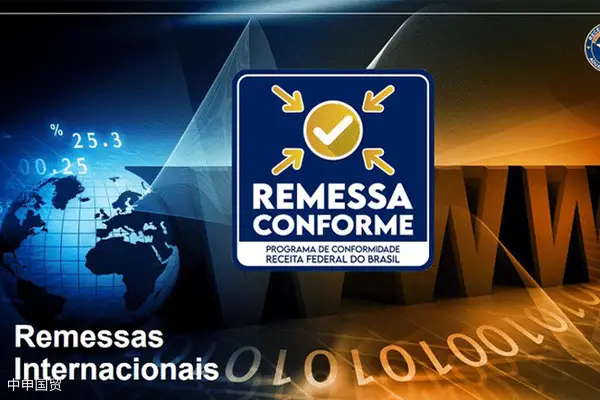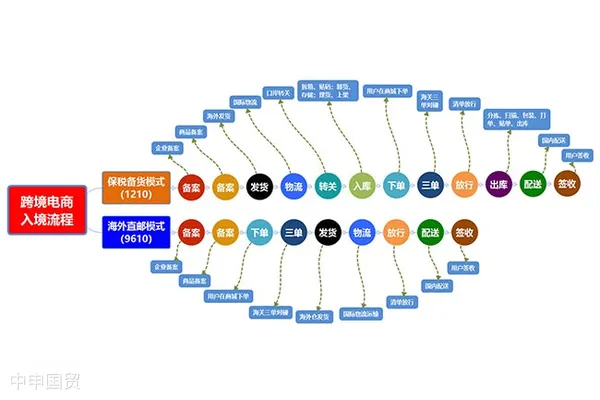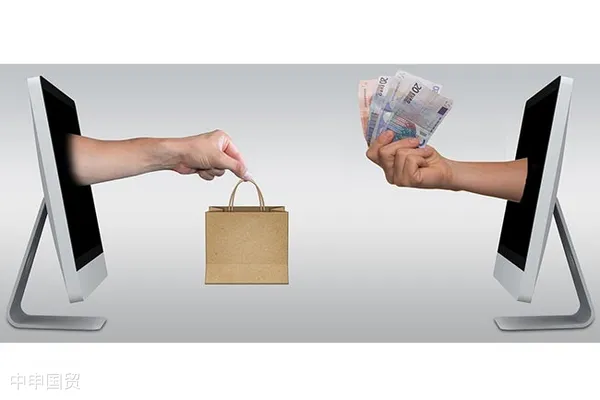- Shanghai Zhongshen International Trade Co., Ltd. - Two decades of trade agency expertise.
- Service Hotline: 139 1787 2118
Cross-border E-commerceTariffs and taxes in business operations are part of the tax system managed by customs. Tariffs are taxes levied on imported goods and serve as a measure to protect the competitiveness of domestic products. Taxes refer to other levies on imported goods besides tariffs, such as consumption tax and value-added tax (VAT).

To ensure smooth customs clearance for cross-border e-commerce and reduce tariff and tax expenses, it is recommended to provide accurate and complete customs declaration documents, comply with relevant policies and regulations, properly declare product value, quantity, purpose, and other information, and accept customs inspections and verification.
To reduce tariff and tax expenses in cross-border e-commerce, consider the following approaches:
Accurate product description: Precise product naming can reduce the likelihood of customs inspections.
Correct origin declaration: Declare the origin of goods in compliance with customs regulations to minimize the risk of tax authority investigations.
Accurate pricing: Report the correct product price to avoid increased tariffs due to inaccurate pricing.
Sufficient certification documents: Such as CE certification, FDA certification, etc. These documents can help lower tariff and tax costs.
Proper packing list: Provide a detailed packing list to help customs determine product quantity, value, and composition, thereby reducing tariffs and taxes.
By implementing these measures, you can reduce tariff and tax expenses and ensure the smooth operation of your cross-border e-commerce business.
Related Recommendations
? 2025. All Rights Reserved. 滬ICP備2023007705號(hào)-2  PSB Record: Shanghai No.31011502009912
PSB Record: Shanghai No.31011502009912









